TLDR;
How often a dog should be groomed depends on its breed, coat type, and lifestyle. Short-haired dogs typically need grooming every 6-8 weeks, while long-haired and curly-coated breeds require grooming every 4-6 weeks. Regular brushing, nail trimming, and ear cleaning should be done more frequently to maintain overall health.
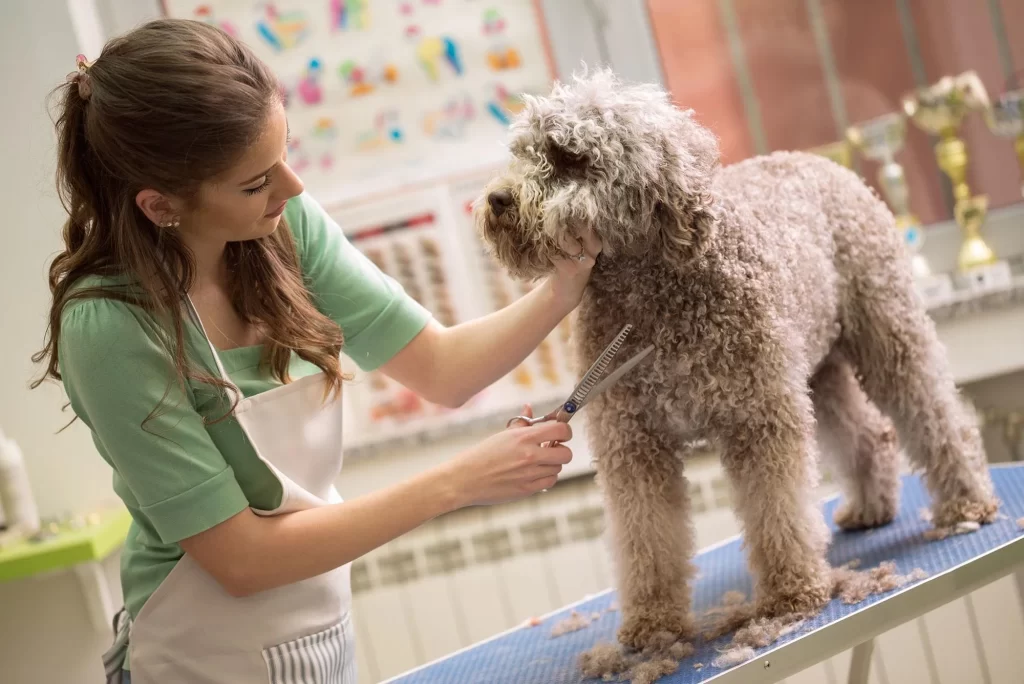
Grooming is essential to a dog’s overall health, comfort, and hygiene. While the ideal frequency of grooming varies by breed, coat type, and activity level, a general rule is that most dogs should be groomed every 4-8 weeks. Regular grooming prevents matting, skin infections, and excessive shedding while ensuring a clean and comfortable pet. Make sure to use the right collar for your dog to complement their grooming routine and overall well-being.
Factors That Determine Grooming Frequency
Breed & Coat Type
Short-Haired Dogs (Labrador Retriever, Beagle, Boxer): Minimal grooming needs; brushing once a week is sufficient.
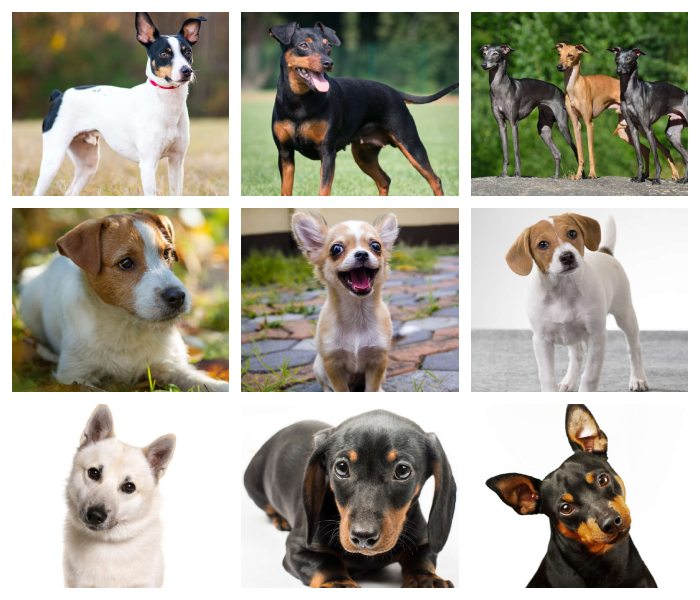
Long-Haired Dogs (Golden Retriever, Afghan Hound, Yorkshire Terrier): Daily brushing is necessary to prevent tangles, and professional
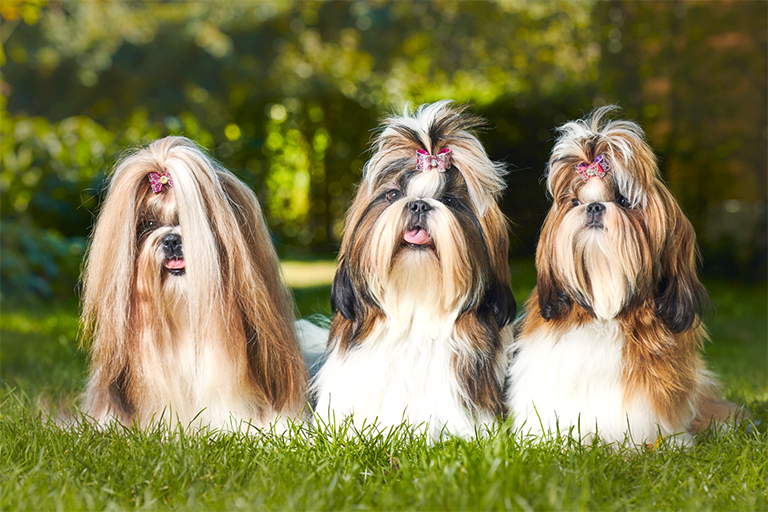
Double-Coated Dogs (Husky, German Shepherd, Pomeranian): Require frequent brushing (especially during shedding seasons) and professional grooming every 6-8 weeks.
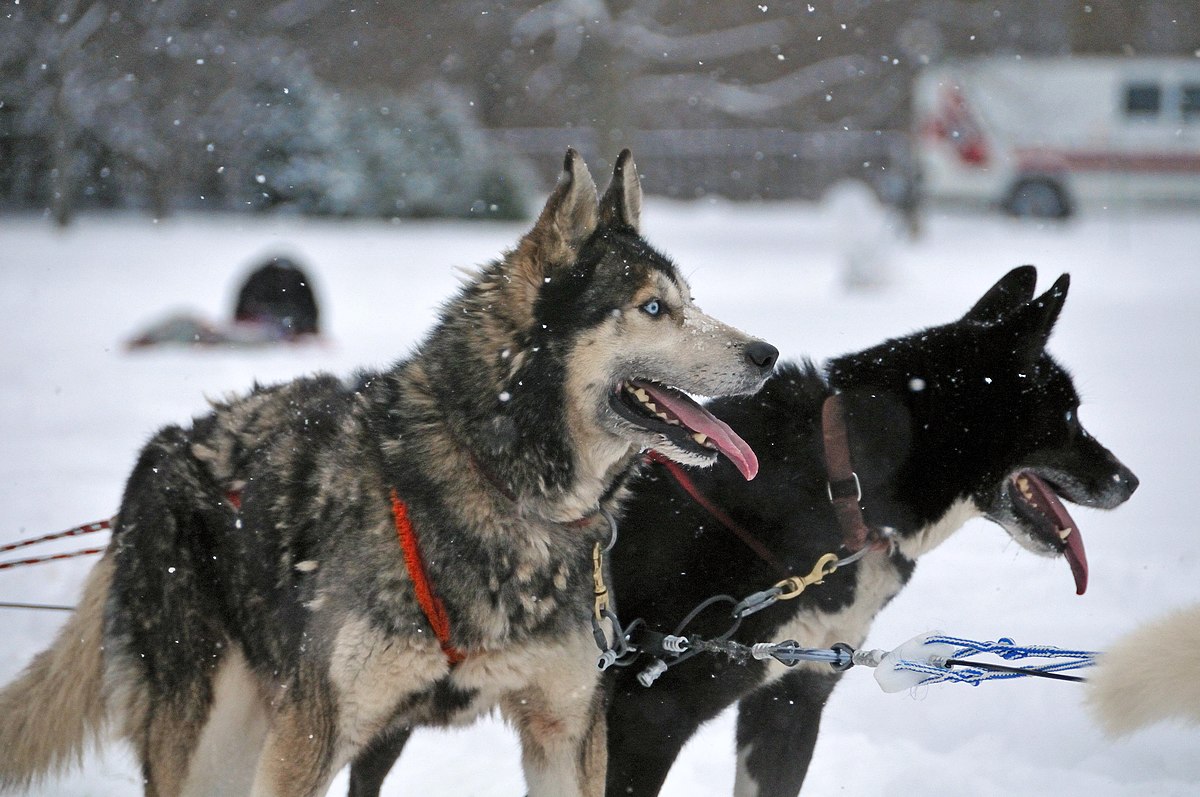
Curly or Wiry-Coated Dogs (Poodle, Schnauzer, Portuguese Water Dog): These breeds require grooming every 4-6 weeks to prevent matting and maintain coat shape.

Activity Level & Lifestyle
Dogs that spend more time outdoors, especially in muddy or dusty environments, need grooming more frequently. Active dogs that roll in dirt or swim often may require more frequent bathing and brushing.
Health Issues & Skin Conditions
Dogs with allergies, dry skin, or conditions like seborrhea may need specialized grooming routines. Regular brushing distributes natural oils, which is crucial for maintaining a healthy coat and preventing skin infections.
Grooming Guidelines by Coat Type
Short-Haired Breeds (Labrador, Beagle, Boxer, Dalmatian)
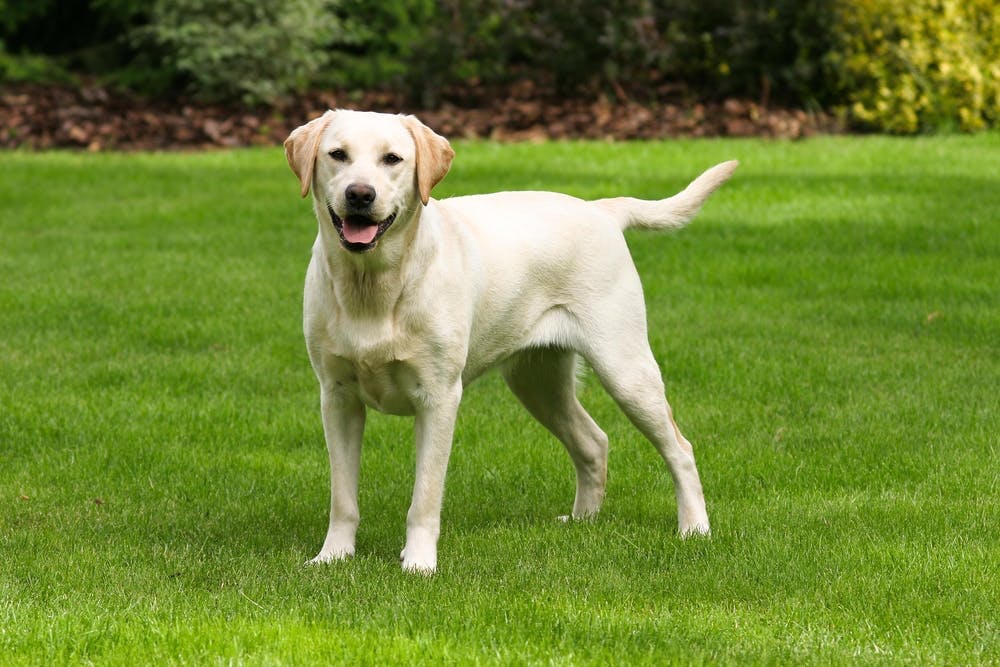
Brushing: Once a week
Bathing: Every 4-6 weeks
Nail Trimming: Every 2-4 weeks
Professional Grooming: Not required unless dealing with excessive shedding
Long-Haired Breeds (Golden Retriever, Yorkshire Terrier, Afghan Hound)

Brushing: Daily to prevent tangles
Bathing: Every 3-4 weeks
Nail Trimming: Every 2 weeks
Professional Grooming: Every 4-6 weeks
Double-Coated Breeds (Husky, German Shepherd, Pomeranian, Shiba Inu)
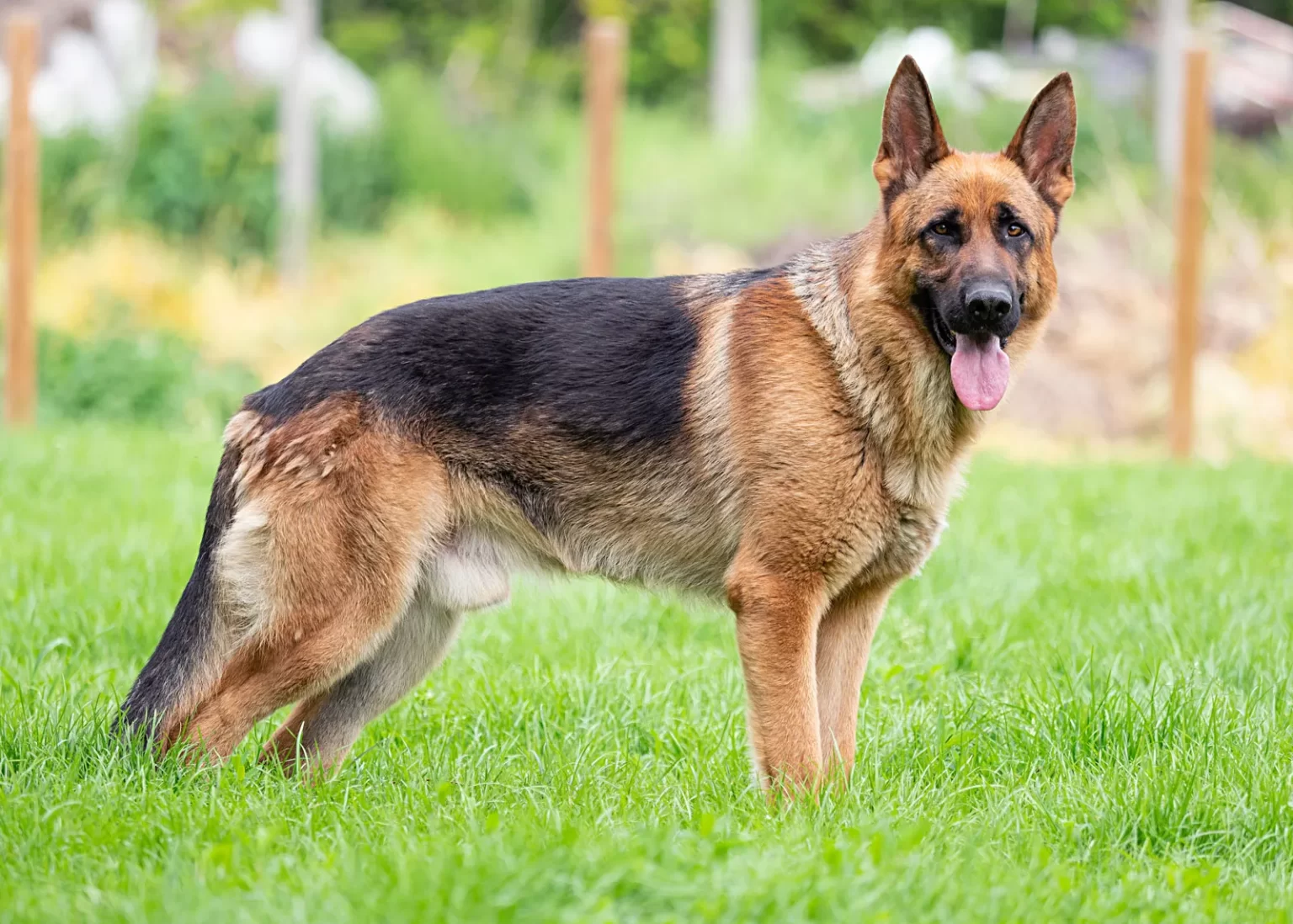
Brushing: 2-3 times a week, daily during shedding season
Bathing: Every 6-8 weeks
Nail Trimming: Every 3 weeks
Professional Grooming: Recommended for deshedding treatments
Curly or Wiry-Coated Breeds (Poodle, Schnauzer, Portuguese Water Dog)
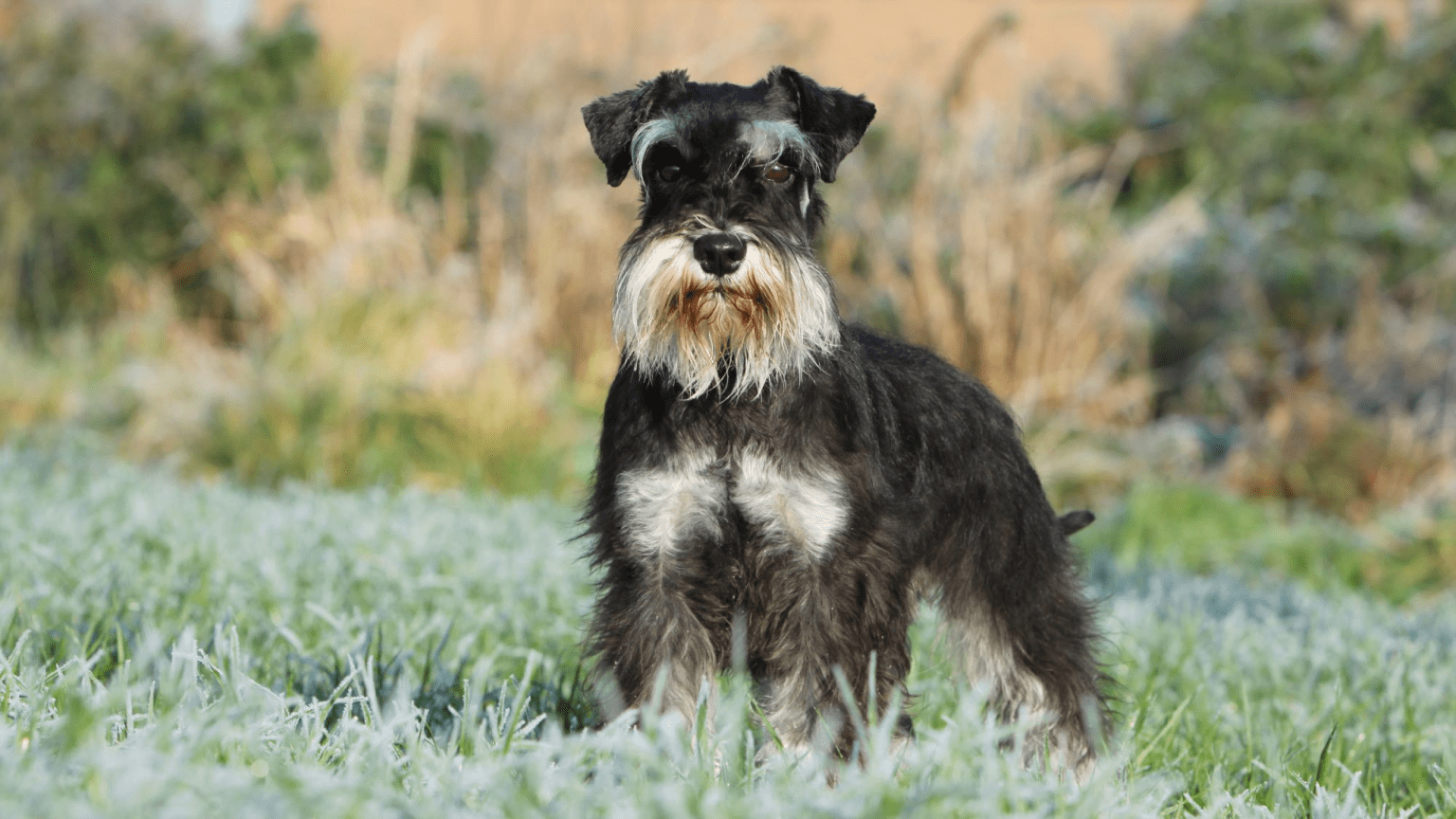
Brushing: Every other day
Bathing: Every 3 weeks
Nail Trimming: Every 2 weeks
Professional Grooming: Every 4-6 weeks for trimming and shaping
Essential Grooming Tasks & Their Ideal Frequency
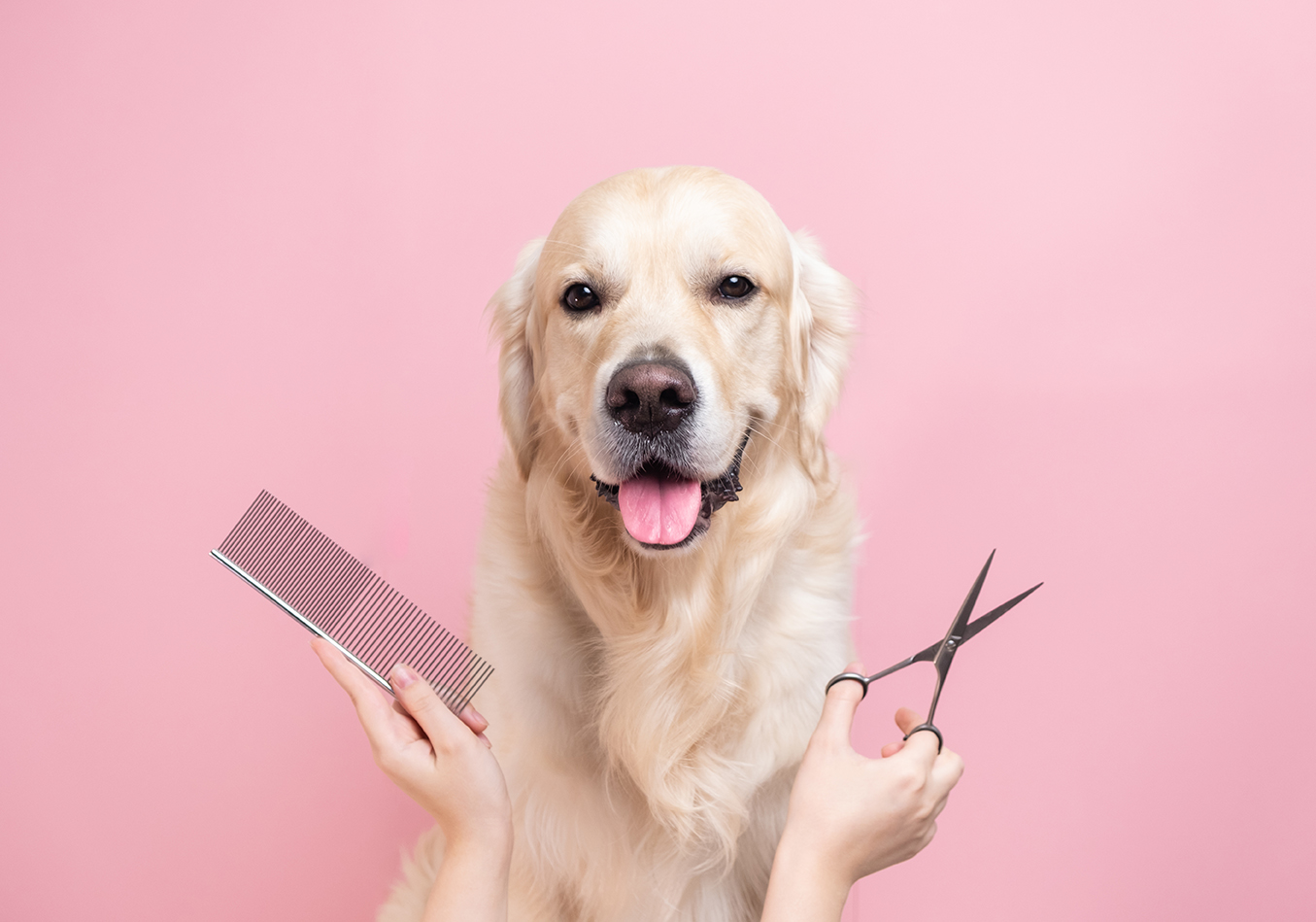
Regular grooming is key to maintaining a clean and healthy dog, but if you’re wondering how to get rid of dog smell without grooming, there are alternative solutions. Brushing helps remove dirt and distribute natural oils, while deodorizing sprays and dry shampoos can freshen your pup without a full grooming session. Keeping their bedding clean and maintaining good oral hygiene also play a big role in reducing unwanted odors between baths.
Brushing
Brushing is essential for all coat types. It removes dirt, prevents matting, and distributes natural oils.
Daily: Long-haired and curly-coated dogs
2-3 times a week: Double-coated dogs
Weekly: Short-haired breeds
Bathing
Bathing too frequently can strip natural oils and dry out a dog’s skin.
Every 4-8 weeks: Most dogs
Every 3-4 weeks: Long-haired breeds
Only when necessary: Short-haired breeds
Haircuts & Trimming
Some breeds require regular trimming to maintain coat health.
Every 4-6 weeks: Poodles, Doodles, and long-haired breeds
Rarely needed: Short-haired breeds
Nail Clipping
Overgrown nails can cause pain and affect posture.
Every 2-4 weeks
Ear Cleaning
Floppy-eared breeds are more prone to infections.
Every 1-2 weeks
Teeth Brushing
Dental hygiene is crucial to preventing gum disease.
Daily or at least 3 times a week
DIY Grooming vs. Professional Grooming
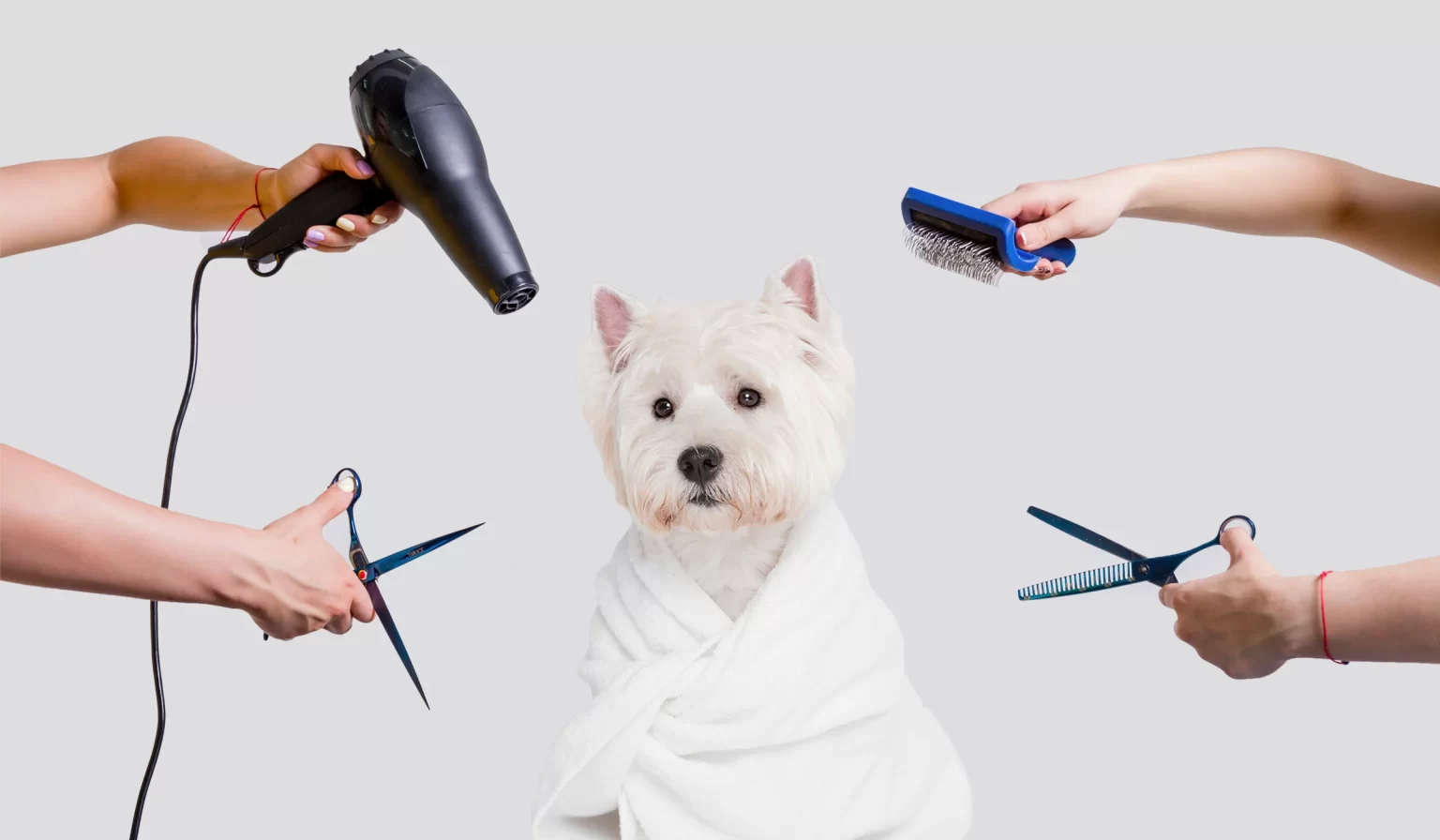
When DIY Grooming Works Best
Brushing, nail trims, and ear cleaning can be done at home.
Regular bathing is manageable with the right tools.
When to See a Professional Groomer
If the dog requires precise trimming (e.g., Poodles, Shih Tzus)
Dealing with excessive shedding or matting
If the dog is anxious or uncooperative during grooming
Seasonal Grooming Considerations
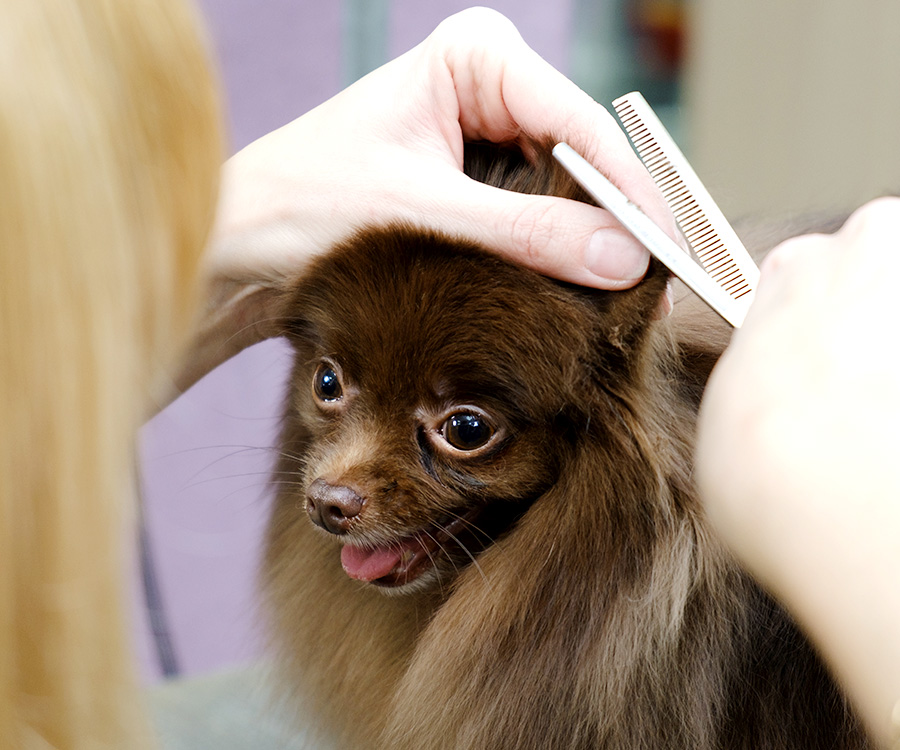
Summer Grooming
Increased brushing to remove dead hair
Cooling strategies like using cooling mats
Winter Grooming
Less frequent bathing to retain coat oils
Avoid shaving double-coated breeds, as their fur provides insulation
Spring & Fall Grooming
Heavy shedding seasons for double-coated breeds
Professional deshedding treatments recommended
Conclusion
Regular grooming is essential for keeping a dog healthy and comfortable. Want to know more about dog grooming? Careers Collectiv recommends establishing a grooming schedule based on your dog’s breed, coat type, and lifestyle. Short-haired breeds can go longer between grooming sessions, while long-haired and curly-coated breeds need more frequent care. By maintaining a consistent grooming routine, pet owners can ensure their dogs stay clean, healthy, and happy year-round.